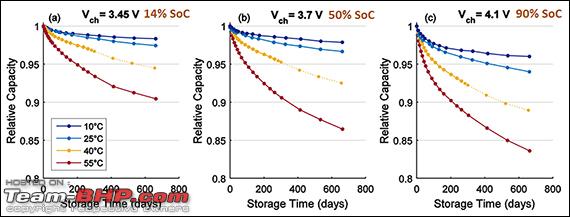| |||||||
 |
| Search this Thread |  18,620 views |
| | #1 |
| BHPian Join Date: Apr 2010 Location: kochi
Posts: 148
Thanked: 286 Times
| |
| |  (4)
Thanks (4)
Thanks
|
| |
| | #2 |
| BHPian Join Date: Aug 2014 Location: DEL, SFO
Posts: 901
Thanked: 2,838 Times
| |
| |  (16)
Thanks (16)
Thanks
|
| | #3 |
| Team-BHP Support  | |
| |  (13)
Thanks (13)
Thanks
|
| | #4 |
| BHPian Join Date: Oct 2008 Location: Gurgaon
Posts: 60
Thanked: 175 Times
| |
| |  (11)
Thanks (11)
Thanks
|
| | #5 |
| Senior - BHPian Join Date: Jan 2020 Location: KA01/AP31
Posts: 1,194
Thanked: 3,425 Times
| |
| |  (5)
Thanks (5)
Thanks
|
| | #6 |
| BHPian Join Date: Sep 2007 Location: KA21
Posts: 472
Thanked: 2,337 Times
| |
| |  (9)
Thanks (9)
Thanks
|
| | #7 |
| BHPian Join Date: Oct 2008 Location: Gurgaon
Posts: 60
Thanked: 175 Times
| |
| |  (6)
Thanks (6)
Thanks
|
| | #8 |
| BHPian Join Date: Mar 2014 Location: Gurgaon
Posts: 509
Thanked: 1,378 Times
| |
| |  (1)
Thanks (1)
Thanks
|
| | #9 |
| Senior - BHPian | |
| |
| | #10 |
| BANNED Join Date: Sep 2019 Location: Bengaluru
Posts: 586
Thanked: 2,405 Times
| |
| |  (4)
Thanks (4)
Thanks
|
| | #11 |
| BHPian Join Date: Apr 2016 Location: Hyderabad
Posts: 923
Thanked: 4,922 Times
| |
| |  (1)
Thanks (1)
Thanks
|
| |
| | #12 |
| BANNED Join Date: Dec 2012 Location: bangalore
Posts: 788
Thanked: 2,499 Times
Infractions: 0/1 (5) | |
| |  (1)
Thanks (1)
Thanks
|
| | #13 |
| BHPian Join Date: Feb 2014 Location: Bombay-->Delhi
Posts: 296
Thanked: 723 Times
| |
| |  (1)
Thanks (1)
Thanks
|
| | #14 |
| BHPian Join Date: Mar 2014 Location: Gurgaon
Posts: 509
Thanked: 1,378 Times
| |
| |  (1)
Thanks (1)
Thanks
|
| | #15 |
| Senior - BHPian Join Date: Sep 2004 Location: Bangalore
Posts: 2,649
Thanked: 4,538 Times
| |
| |  (3)
Thanks (3)
Thanks
|
 |
Most Viewed





 , I never had an issue with that. Too many people, correlate the EV battery to mobile, I mean it's not the same. The same thought process going for "what happens after battery dies", it's not like EV owners will dump the battery to a garbage bin
, I never had an issue with that. Too many people, correlate the EV battery to mobile, I mean it's not the same. The same thought process going for "what happens after battery dies", it's not like EV owners will dump the battery to a garbage bin 
